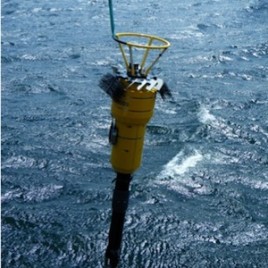A new study shows that winds in the Southern Ocean near Antarctica influence the rate at which deep ocean waters – which act as a key reservoir for heat, carbon and nutrients – mix with the shallower waters above them. Using data from 20 years worth of satellite and probe-based measurements, researchers mapped out how […]
Tag: environment
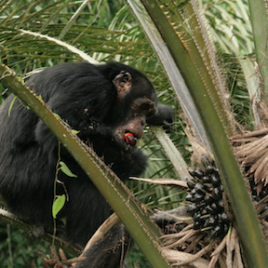
Palm oil agriculture could means trouble for Africa’s great apes
The booming oil palm industry in West and Central Africa could have a negative impact on great apes, a new study shows. The authors estimate that nearly 40% of the distribution of great ape species on unprotected lands overlaps with suitable oil palm areas. The countries most at risk are Gabon, Congo, and The Democratic […]
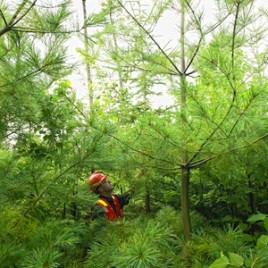
A tale of good fungus, bad fungus
Researchers have found a new source for a fungus-fighting chemical: the pine trees and blueberry bushes of the Acadian forest. Griseofulvin is a compound originally isolated from a mould in the same family as those which produce penicillin. It’s used to fight fungal infections in humans and animals, but has also been used as a fungicide […]
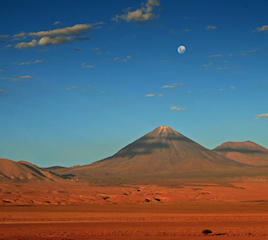
Record levels of solar ultraviolet measured in South America
A team of researchers has measured the highest level of UV radiation ever recorded on Earth’s surface. On December 29, 2003, the UV index peaked at 43 at the summit of Licancabur volcano (5,917 meters high) and near Laguna Blanca (4,340 meters high) in Bolivia. In comparison, the UV index in Toronto never exceeded […]
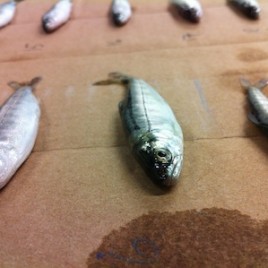
How salmon evolve to beat the heat
Researchers have discovered a link between egg size of chinook salmon and their ability to deal with warmer temperatures. The team captured spawning salmon and measured examined the genetic and maternal effects acting on the ability of offspring to tolerate heat; they found that mothers with larger eggs have more thermally tolerant offspring. As egg […]
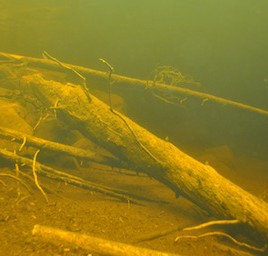
Tree ring data traces eastern Canada’s ‘Little Ice Age’
New data from trees preserved in lakes in the Taiga of northern Quebec show that eastern Canada experienced much colder than usual summers following distant volcanic eruptions in the 13th century, and again in the 19th century. The so-called ‘Little Ice Age’ is well-documented in the historical and tree ring records worldwide, but the strength […]
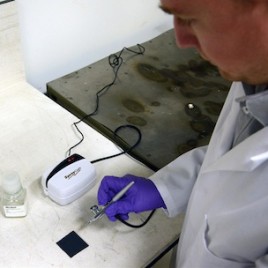
Sea salt makes for cheaper, greener solar cells
A new processing technique could enable cheaper, cleaner thin-film solar cells, according to a new study. Cadmium telluride is often touted as a replacement for silicon in solar cells; because it absorbs light so much better than silicon it could lead to thinner and more efficient cells. However, part of the manufacturing process involves cadmium […]
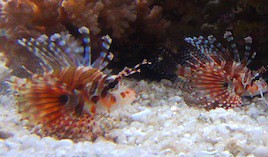
Lionfish hunt in groups
Like their namesakes on land, lionfish demonstrate cooperative hunting, according to a new study. Lab tests showed that lionfish use a unique ‘flared fin’ display to alert other lionfish to the presence of prey. They then work together to herd the prey into smaller areas and take turns striking at the group. This type of […]
Comment: Experts call for moratorium on new pipelines
In a Comment piece in Nature, Eight experts in environmental science, policy and risk call for a moratorium on building new oil pipelines in North America. Both Keystone XL pipeline (which would run from Alberta through the US Midwest) and Northern Gateway pipeline which would connect Alberta with a port on British Columbia’s coast “highlight […]
Climate change effects and human migration
Long-term changes in climate have a greater impact on human migration than sudden natural disasters, a new study shows. Authors tracked 7,185 households in Indonesia between 1993 and 2007, focusing on agricultural regions. They found that when average annual air temperatures exceeded 25 °C, households were more likely to migrate permanently for economic reasons. Natural […]
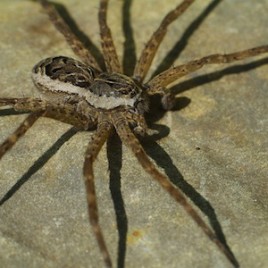
Fish-eating spiders found all over the world
It’s known that some spiders can catch and eat small fish, but a new survey of worldwide sightings shows the phenomenon is more widespread than previously thought. The survey found that spiders from up to five different families prey on fish, and that fish-eating spiders exist on every continent except Antarctica. One species, the striped […]
Should we pay more attention to El Niño?
While farmers already watch El Niño closely, doctors could stand to pay more attention, according to a new analysis. The El Niño Southern Oscillation (ENSO) is a periodic warming and cooling of Pacific waters that has a significant impact on year-to-year variation in temperatures, rainfall, etc. In recent decades, it’s become possible to predict the […]
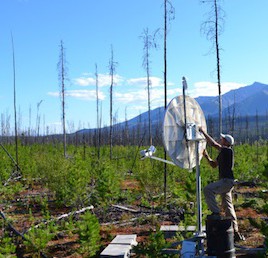
Understanding the surprising regularity of ‘slow’ earthquakes
Every 14 months, a ‘slow’ earthquake occurs beneath Vancouver island which last for 10 to 14 days; a new study helps explain why some slow quakes happen more frequently than others. Occurring along faults around the world at a depth of 25-40 km, slow earthquakes are undetectable by humans, but they vary in frequency, with […]
Can information and communications technology (ICT) help produce a greener Canada?
Imagine an app that helps monitor your water usage, or a “smart building” that tints its windows in response to sunlight in order to save on air conditioning costs. Such technologies exist, but putting them to work will require integration on a number of fronts: improving broadband access in all areas of the country; standardizing […]
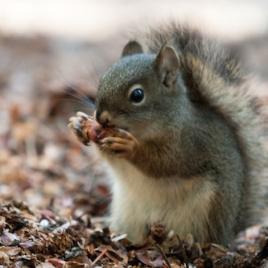
Do seed-eating squirrels impact the whole forest?
A new study shows that trees that store lots of fire-resistant seeds to prepare for forest fires end up attracting more seed-eating red squirrels, which provokes a cascading effect on the ability of forest to grow back after a fire. The study relies on three years of field study in Yellowstone park and applies to […]
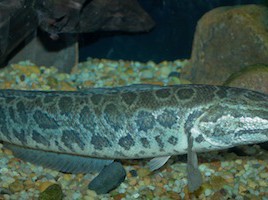
DNA barcoding could help catch invasive snakeheads
A new set of DNA barcodes could help combat the notoriously invasive fish known as snakeheads. Snakeheads are native to Asia and are believed to have been introduced to North American rivers by private collectors dumping their unwanted pets. Identification is difficult because the juveniles and adults can look very different, while fish from different […]
